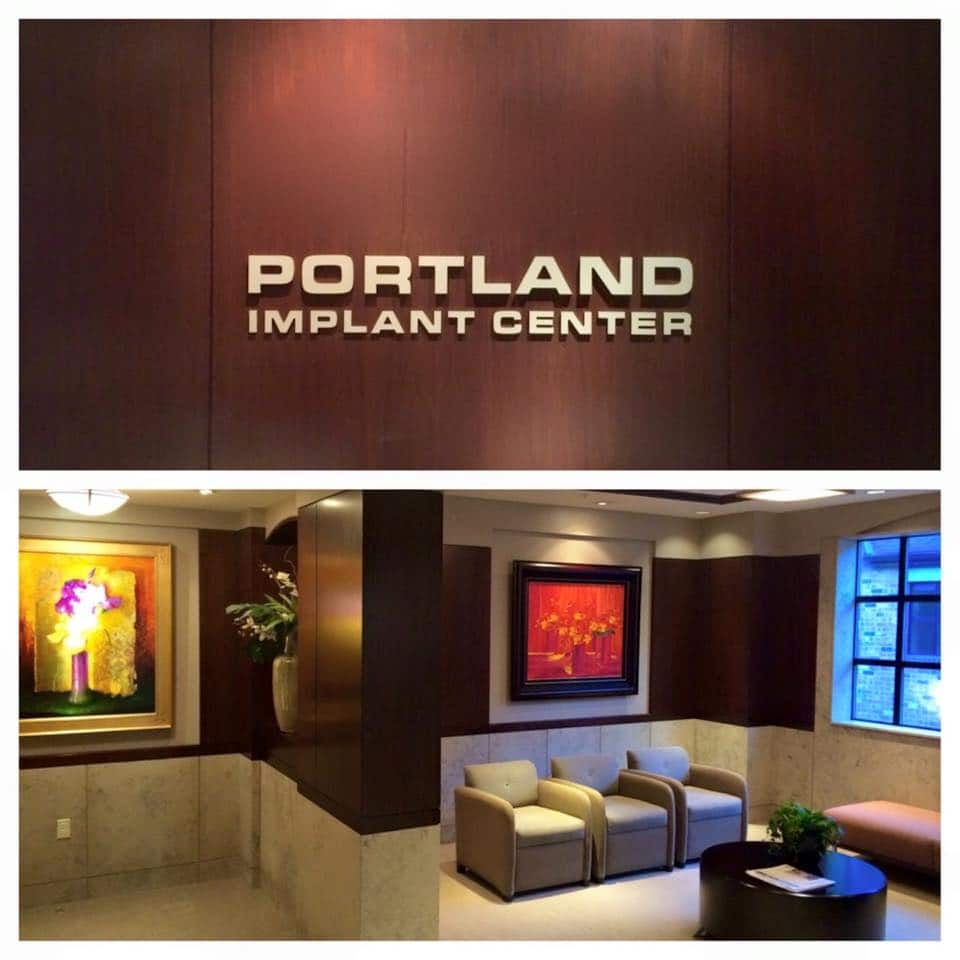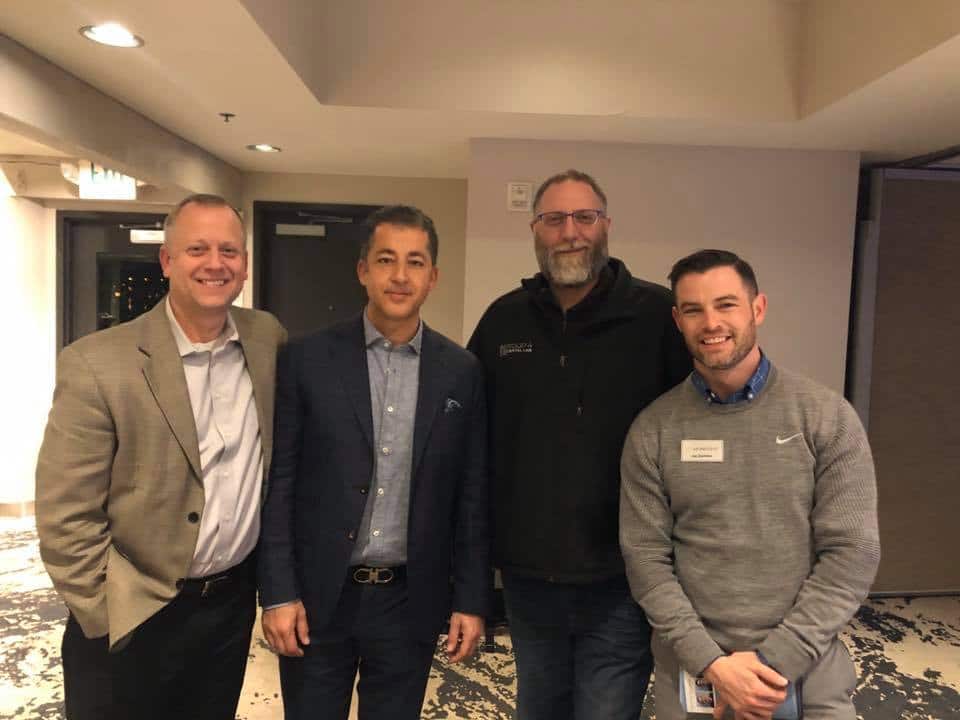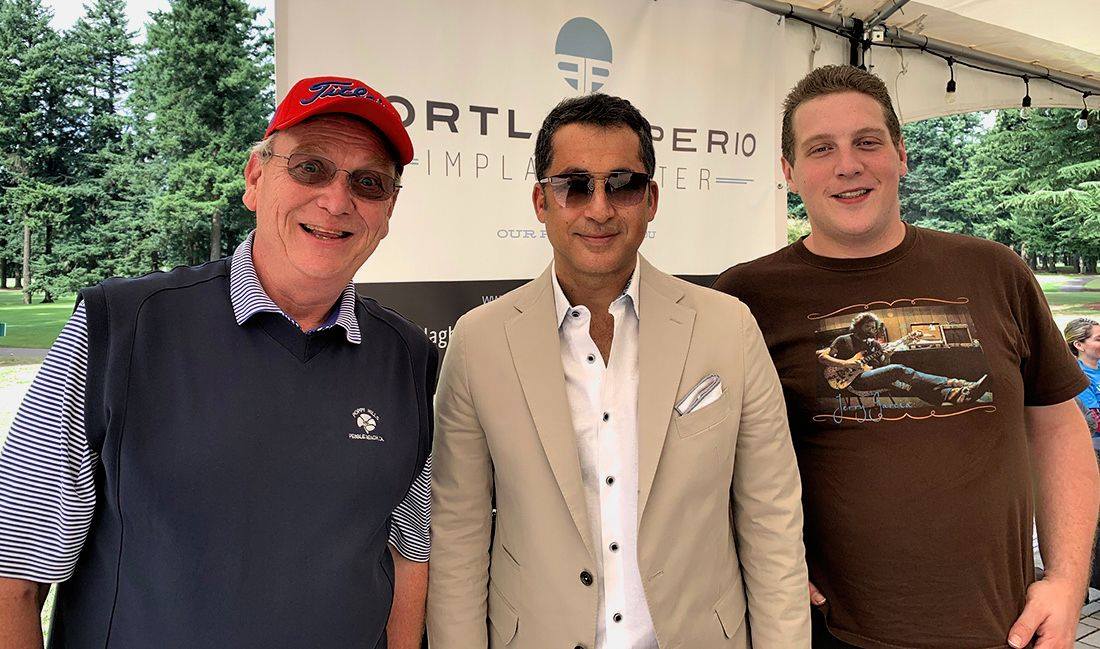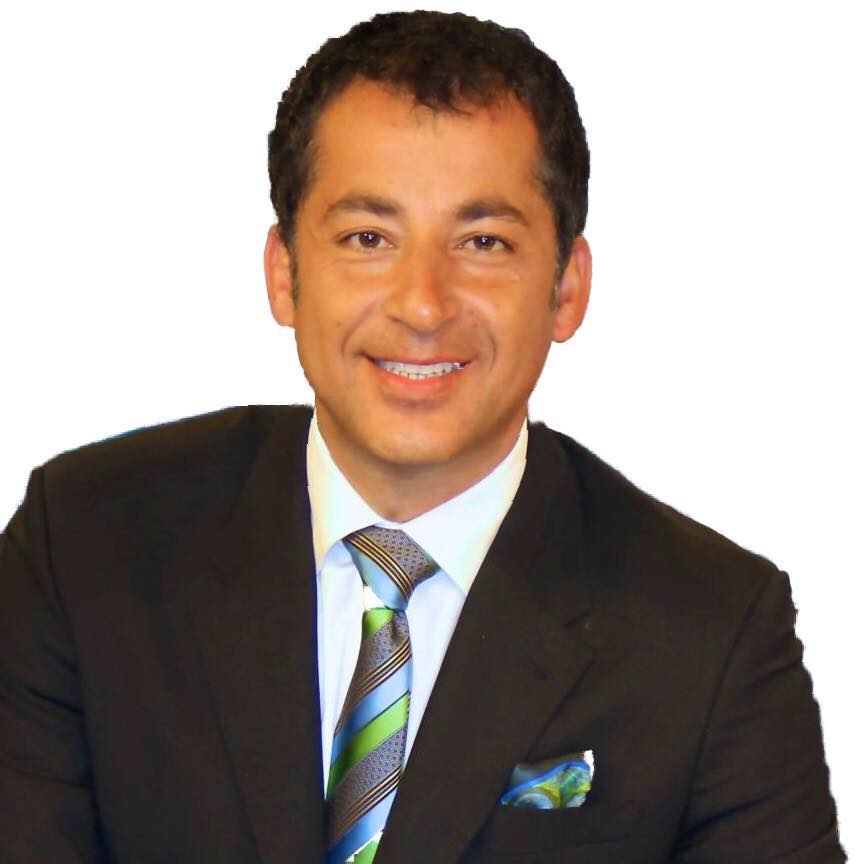Dr. Kamran Haghighat has dedicated himself to pursuing the highest levels of clinical and research training and has been highly decorated during his academic training. He has an exceptionally strong background in all phases of current and modern Periodontal Therapy and Implant Dentistry.
He obtained his Dental Degree from the University of Newcastle-Upon-Tyne in England. After a three-year hospital-based Oral and Maxillofacial Surgery residency at the renowned Middlesborough General Hospital and a further three years gaining a broader experience in the general private practice sector, he completed a three-year residency in Periodontology at The Ohio State University.
He received his specialty certificate and concurrently completed a Masters Degree in Periodontology. His research centered on new grafting materials for bone regeneration procedures.
What Are Dental Implants?
Dental implants are the closest you can get to healthy, natural teeth. They allow you to live the way you want to – confidently eating, smiling, laughing, talking and enjoying all of your everyday activities without worrying about your teeth.
A dental implant is essentially a surgically placed substitute for a natural root. Each implant is placed into a surgically prepared socket at the precise location of the intended tooth. They become a sturdy base for supporting one or more artificial teeth, called crowns. This component, which is made from titanium, can then provide the foundation for long-term support of crowns, bridges or dentures.
Dental implants are today’s state-of-the-art and best alternative to your natural teeth. They offer a permanent and secure solution for replacing one or more teeth. They are used as anchors or support for traditional forms of dentistry, such as crowns, bridges or dentures.
Single and Multiple Implants
Dental implants used to be thought of as a ‘last resort’ treatment for people who could not get on with their dentures. We see it differently; for most of our patients, we now consider dental implants to be the standard of care approach to replacing missing teeth, for nearly any situation. They are the ideal solution for denture sufferers and people with missing teeth, offering a fixed and stable foundation onto which crowns or bridgework can be attached and supported. With care and attention, these new restorations look, feel and perform like natural teeth.
A variety of tooth replacement protocols and implant supported treatments are offered at Portland Perio Implant Center. Depending on the number and location of the missing teeth or planned dental extraction, a majority of patients can expect immediate implant tooth replacement the same day as the extraction. The number of implants is dependent on the location and number of teeth missing as well as the type of prosthesis planned. Some of the tooth replacement options include teeth-in-day® implants placement at the time of extraction, single tooth implant-supported crowns, and multiple teeth implant-supported bridges, If all your teeth are missing and you already wear a denture, or your remaining teeth are planned for removal for a variety of reasons, then we offer implant-retained removable over-dentures and full mouth implant reconstruction with fixed bridges.
When is a bone graft necessary?
Many patients, particularly older patients, do not have enough bone in their jaws to support dental implants in the proper position. A bone graft is a way to enhance the existing, healthy bone in your mouth to accommodate and support implants.
A lack of adequate bone quantity and quality is often attributed to a process called bone resorption. However, there are many reasons why you may not have adequate bone in your mouth. These reasons may include:
- Previous tooth loss resulting in bone resorption
- Genetics
- Periodontal disease
- Injury to the mouth or jaw
- Developmental defects
It is essential to know that dental implants rely entirely on a process called osseointegration in order to stay in place. The dental implant biologically fuses with the surrounding bone tissues. As a result of successful osseointegration, dental implants provide superior stability and longterm resilience for the restoration of missing teeth.
What is a dental bone graft?
A bone graft, put simply, is the transplantation of bone tissue from one part of your body, or a donor host, to another part of your body. Bone tissue that is moved, or transplanted, will typically integrate into the surrounding tissues and provide a scaffold for the regeneration of new bone from the host. Bone grafts are used to augment the volume and quality of the bone in your mouth to provide a foundation for dental implants.
Sedation Dentistry
Dental Phobia & Sedation Dentistry
It is widely accepted that dental phobia and fear is something that puts many people off visiting the dentist and it is not uncommon for us to treat patients who have not visited a dentist in the last 30 years due to their phobia. We are here to help you overcome your fears. We provide happy gas, oral, and intravenous sedation techniques, depending on your level of anxiety. Sedation puts you in a relaxed dream-like state of mind. Dr. Kamran Haghighat has 20 years experience with sedation dentistry and can provide you with this option.
IV Sedation
For the patient who fears the required treatment, I.V. sedation offers a way to have required dental treatment done in a non-threatening manner. Other patients who benefit are those who need surgical procedures or a very large amount of work to be done at one time.
For these situations, we use intravenous sedation because it is a very conservative and appropriate method of controlled patient management during dental procedures. Sedation is the calming of a nervous, apprehensive individual through the use of drugs, without inducing the loss of consciousness. This highly effective technique requires the introduction of drugs directly into a vein, and it has the advantage of giving maximum control to the treating doctor as well as giving comfort to the patient.
The patient is not placed under general anesthesia, for the patient’s protective reflexes are still in place, including the ability for the patient to maintain his or her own airway. Appropriate monitoring equipment, such as a pulse oximeter and supplemental oxygen, will be used during the I.V. sedation appointment. The use of intravenous sedation has been a very effective tool in our practice for outpatient dental care in many different situations.
Oral Sedation
The oral medications used for Oral Conscious Sedation in dentistry are from a group of drugs known as Benzodiazepines. Not only do these medications have a sedative effect, most people also experience some degree of amnesia. Patients remember little or nothing about their dental appointment. The most common medication used is Valium (Diazepam). Valium provides a deep level of relaxation.






